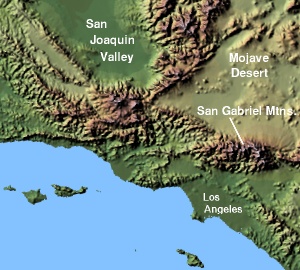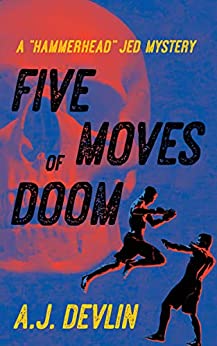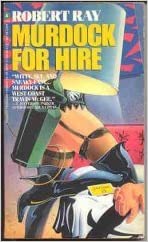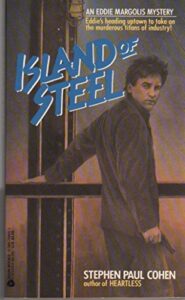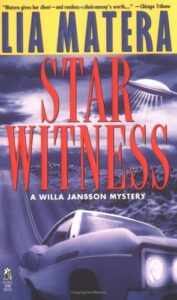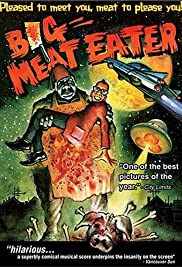On January 13th, acclaimed British actor, Julian Sands, disappeared while hiking alone near Mt. Baldy, California The search for him resumed after the winter snows melted though deep patches still linger. Last week hikers stumbled across a set of human remains in the area where Sands’ cell phone last pinged, remains now confirmed to be his.
In Part One, I introduced Dr. Robert Koester, an expert on the behavior of people who get lost in the wilderness. Now, in Part 2, I’m recommending an excellent book about searching for missing people in the wild, The Cold Vanish, by Jon Billman.

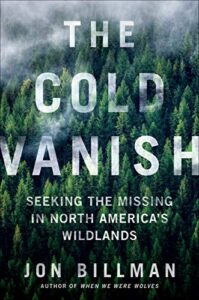 Jon Billman, an athlete, creative writing teacher and contributor to famed Outside Magazine, uses his decades of personal experience in search and rescue to create a compelling and thought-provoking narrative on how and why people go missing in the wilds.
Jon Billman, an athlete, creative writing teacher and contributor to famed Outside Magazine, uses his decades of personal experience in search and rescue to create a compelling and thought-provoking narrative on how and why people go missing in the wilds.
Billman shares representative cases of missing persons, from a runner murdered by a serial killer to deaths by falls, exposure and other misadventures to the miraculous rescue of a yoga teacher in the remote forests of Hawaii. And yes, she’d wandered off the beaten path and yes, she’d ended up many miles in the opposite direction from where logic dictated she’d be. She was spotted by mere chance by a search plane which, ironically, had also flown off course.
The overarching story that ties Billman’s book together is the case of Jacob Gray, a young man on a solo journey of self-discovery. Jacob was reported missing after his bicycle was discovered abandoned in Olympic National Park. Billman became close friends with Jacob’s father, Randy Gray, who spent years searching tirelessly for his son. Initially searchers feared that Jacob had fallen into a nearby fast-flowing river, but when divers came up empty, Randy and Billman together explored a gamut of wild possibilities, including Jacob’s joining a cult. In the end, Jacob is found, but no spoilers. Eat the book!
Missing people are located largely due to the efforts of volunteers. Billman introduces colorful characters who have made finding lost people their life mission: Duff, the blood hound handler; Michael Neiger, bushman and self-taught expert; and David Paulides, ex-cop and dedicated Bigfoot researcher.
Sadly many times the outcome is tragic. The classic scenario is that hikers or hunters stumble over the missing person’s skeletal remains, exactly the way Julian Sands was eventually found. Often it’s in a spot far from where the person initially disappeared.
The takeaways from Billman’s book reinforce Dr. Koester’s warnings: don’t stray off the main path, tell people where you are going and if you get lost, stay put! Best advice of all, don’t go out into the wilderness unprepared and alone.


